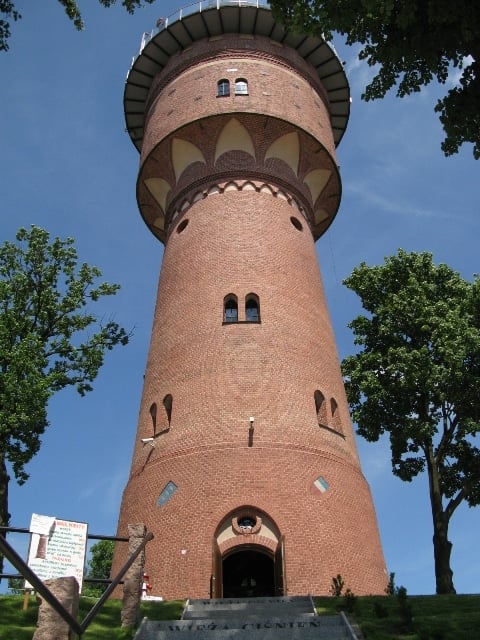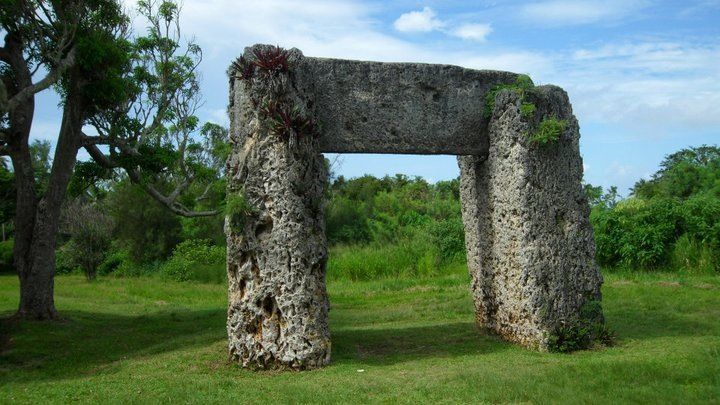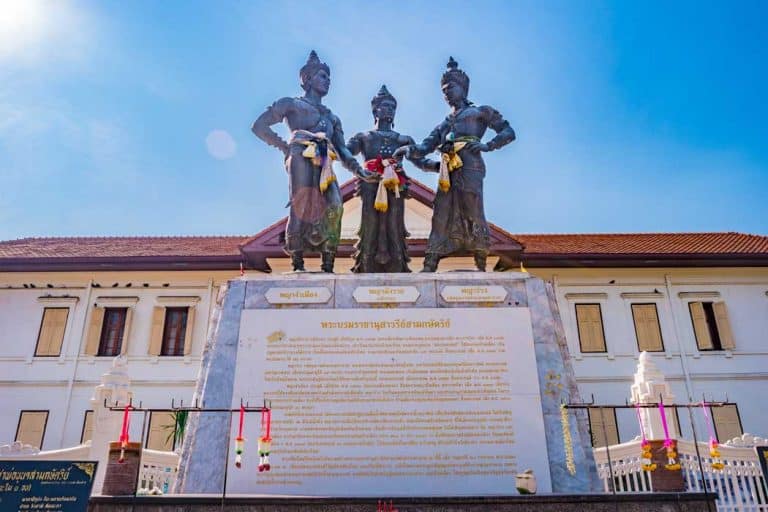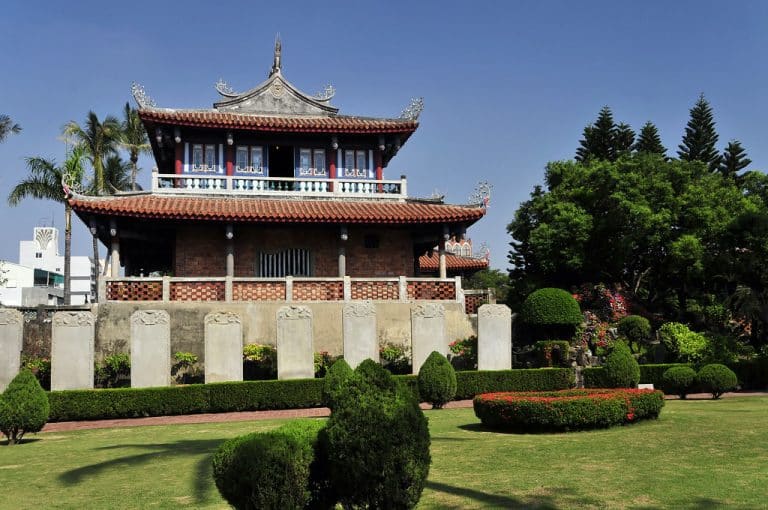South Asia
After my adventures in East Asia, I decided to see what lay in store in South Asia.
Site 1: My first stop in South Asia was at the India Gate located in New Delhi, India. The site was known as the All-India War Memorial until it was inaugurated in 1931. It was built to honor and commemorate the eighty-two soldiers who lost their lives during the First World War and during the Third Anglo-Afghan War of 1919 fighting for the British. The British Imperial Mandate initiated the gate’s construction, and this endeavor was undertaken by the Imperial War Graves Commission in the year 1917. The site was designed by English architect Edwin Lutyens. On February 10, 1921, The foundation stone for the site was put in place by the Duke of Connaught. India Bridge was finally completed and inaugurated in the year of 1931. Specifically, the inauguration for the site occurred on the twelfth of February and was done by Lord Erwin, who was a Viceroy at the time. I noticed that the memorial was constructed of granite and sandstone and shaped as an arch. I appreciated the color of the arch that was caused by its composition of yellow and red sandstones. I saw that it was quite tall reaching up to 138 feet (forty-two meters). Additionally, it was 9.1 meters wide and had a diameter of 625 meters. The arch takes up 360,000 square meters. I also observed that the arch ascended in asymmetrical steps. There were also dividers at the site, which were engraved with the names of the soldiers and officers who lost their lives in the First World War and the Third Anglo-Afghan War in 1919. The aspect I found the most notable about the site, however, was the Amar Jawan Jyoti, four eternal flames underneath the arch that are lit in honor of Amar Jawan, a soldier who went on to design sixty-six war memorials in the continent of Europe. I was also impressed with the roof of the arch. There was a bowl that, on special occasions, would be filled with flaming oil. Today, the site serves as a cultural and historical memorial for India, and it is also the main entrance into New Delhi, which is India’s capital city.
The India Gate:
Site 2: Next I went to the British War Memorial located in Gan Island on the Addu Atoll, Maldives. It was built to honor seventy deaths of Indian military who died in the Second World War. Construction began in October 1960, when the Commonwealth War Graves Commission approved the construction and design of the memorial and was finally completed in 1963. The site is located in front of what used to be the Royal Airfare Headquarters on a small lawn. It was enclosed by a circle-shaped, white fence. When I arrived at the site, the first thing I noticed was the pathway of stone slabs leading towards the monument. I noticed that the memorial was made out of stone and shaped as a pillar. The primary feature I noticed was an inscription that read “1939-1945. Those commemorated here died for the service of their county. The mortal remains of some were committed to fire and others lie buried elsewhere on Addu Atol.” There were further inscriptions that explained these prescriptions were written in English, Urdu, and Hindi. There are also some wreaths of flowers that were at the foot of the memorial in honor of the soldiers, as well. I also noticed there were two canons dating back to the Second World War facing the memorial in protection of the monument. This memorial is the only one of its kind in the Maldives, because it is the only memorial dealing with the Second World War in the entire country. This site is important for the Maldives. It acknowledges the country’s history, and it shows the sacrifices many of its people made throughout history.
The British War Memorial:






